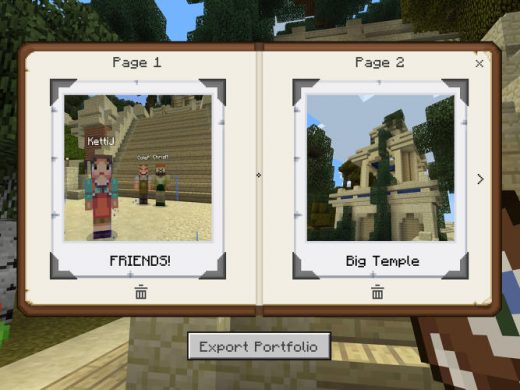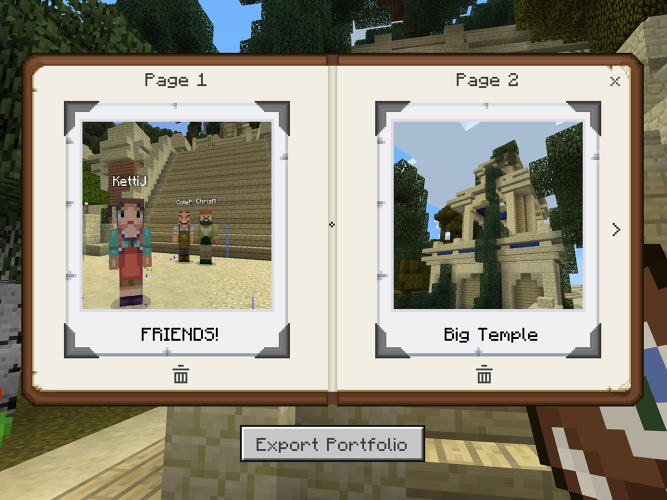It’s Not Just A Game: “Minecraft” Is Coming To The Classroom
“Anyone want snowballs?”
Four eighth graders in a game development elective course at William Annin Middle School in Basking Ridge, New Jersey, have a new assignment: Beta testing their friend’s new Minecraft game, set to survival mode. They offer feedback and compare notes as they play, interrupted by the occasional alert. “JacobP burned to death,” the game announces.
The boys shake their heads, sympathetic, while Jacob starts over. “Whoa, that’s a lot of blazes,” one sighs, glancing at his snowball levels.

Microsoft, which bought Minecraft for $2.5 billion in 2014, hopes to see scenes like this one play out in classrooms around the world next school year. Today the tech giant unveiled the education edition of Minecraft that the New Jersey students have been using as part of a pilot program, along with Minecraft lesson resources and a variety of starter worlds. Starting in September, schools will be able to buy annual licenses to Minecraft: Education Edition for between $1 and $5 per student.
“We’ve kept the game pretty pure; we want to have an authentic Minecraft experience,” says Deirdre Quarnstrom, director of the project. “A lot of what creates that kind of magical educational experience is the no-rules sandbox environment. Students really feel inspired to keep going and create their own challenges, which is exactly what educators want to see.”
Classroom-specific features in the educational version include a camera that players can use to create a portfolio, chalkboards for instructions, and non-player characters who can offer guidance and narration. For teachers looking for a way to get started, there are immersive lessons ranging from touring the Temple of Artemis to modeling biodiversity loss.
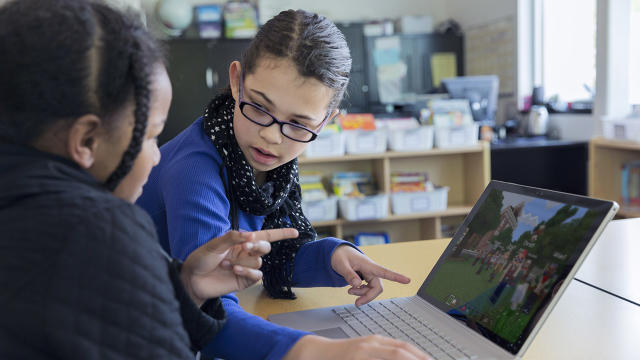
Steve Isaacs, who teaches the game development courses at William Annin and has become a Minecraft mentor teacher, says many students who arrive in his classroom are already familiar with the program, if not with the principles of game design. “It’s giving them an opportunity to leverage their expertise,” he says. “I love learning with and from the kids.”
Rather than dictate what students should design, he instead creates structure for them to build and learn from one another. “They’re supposed to not say anything while they watch someone play their game,” he says. “It’s very enlightening. They learn that empathy for the end user and have to make modifications based on that.”
Then the bell rings, and the students rise from their computers. Solving the snowball resource challenge will have to wait until the next day.

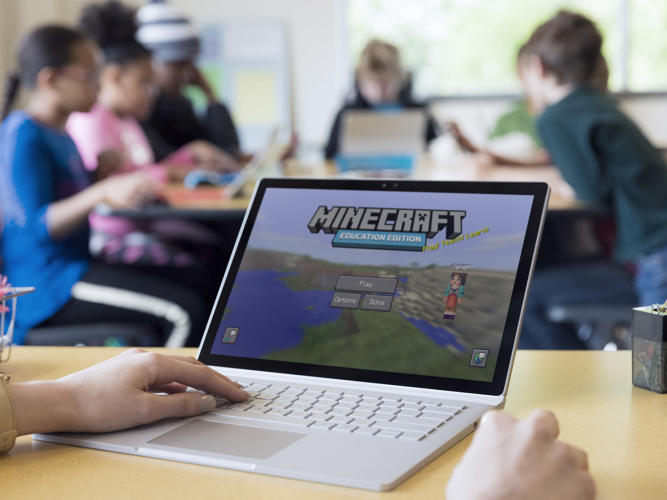

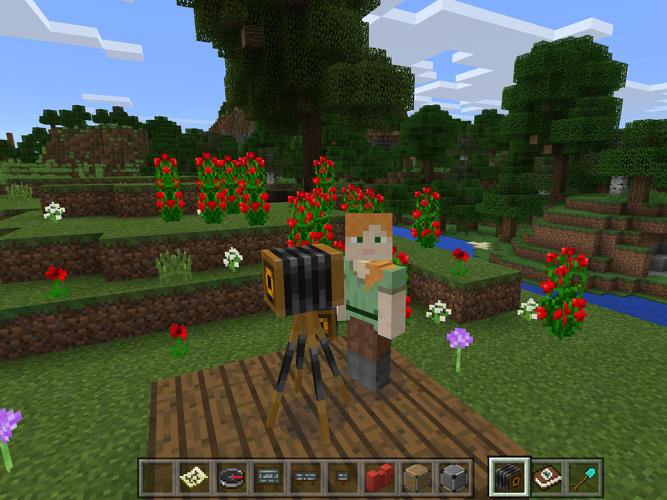
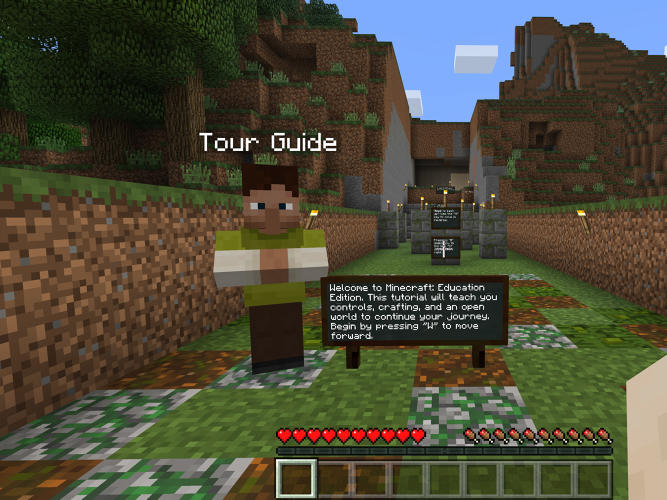
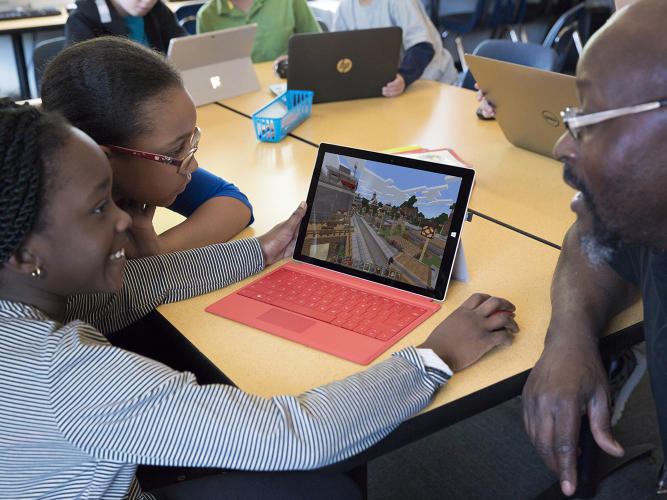
Fast Company , Read Full Story
(36)

